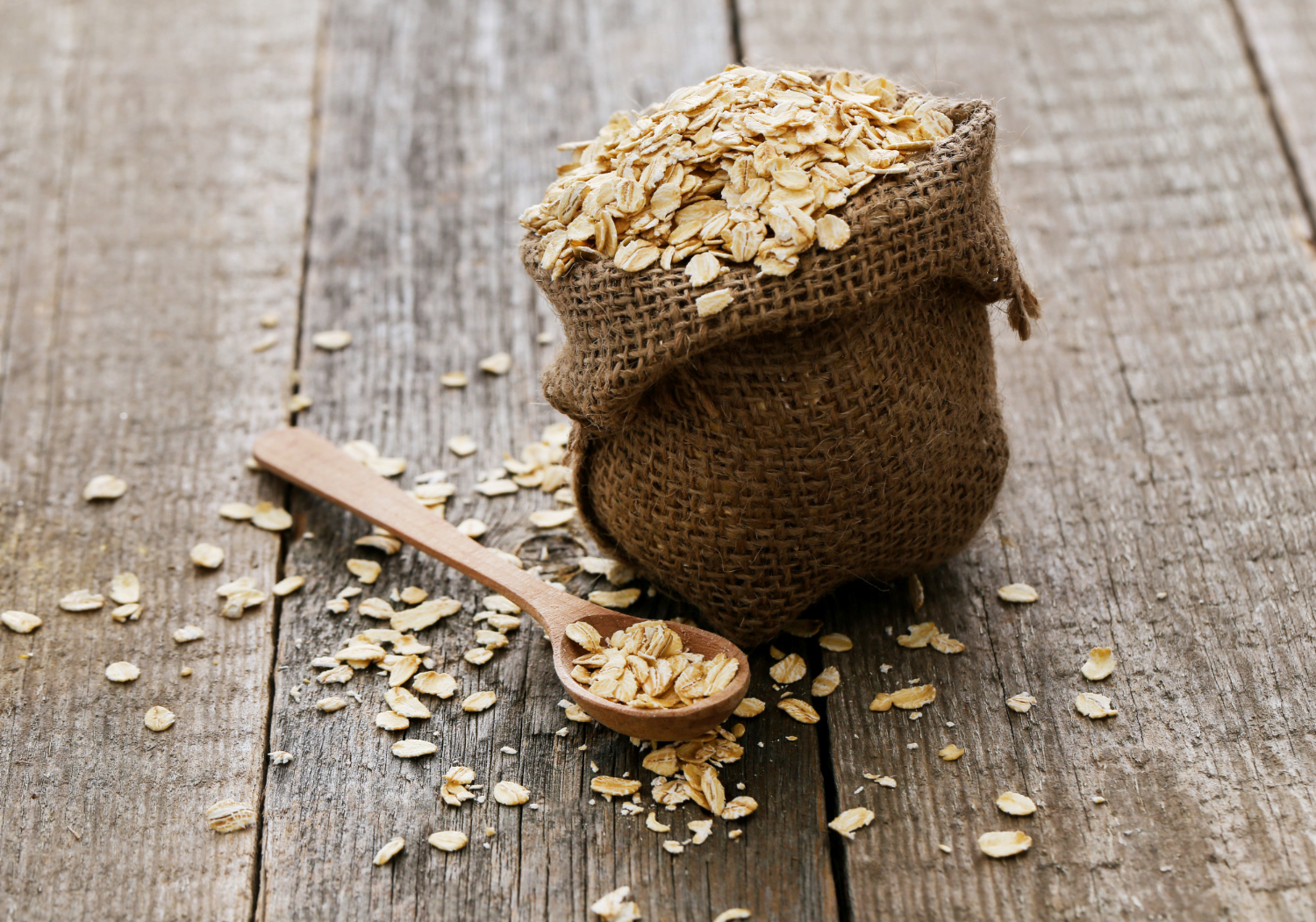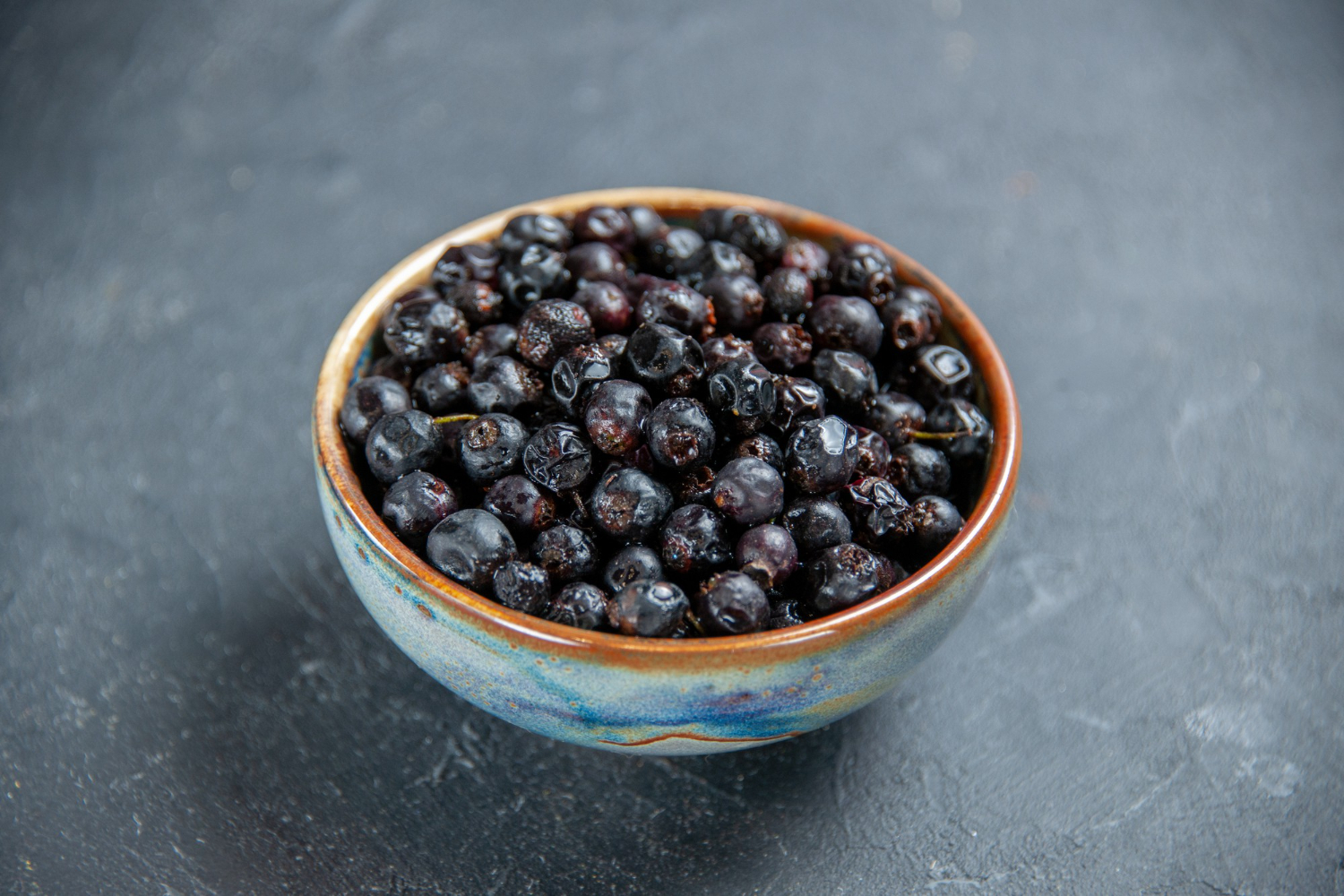Fiber and vegan and vegetarian diets: How to meet the dietary requirements of customers?
In recent years, vegan and vegetarian diets have become much more popular. More and more people are deciding to give up animal products in favor of plant alternatives. Therefore, restaurateurs must adapt their offerings to meet the needs of these customers. One of the key aspects of a vegan and vegetarian diet is fiber. So how can you create fiber-rich meals that meet your customers’ dietary requirements? Here are some tips.
The role of fiber in a vegan and vegetarian diet
Before we dive into creating fiber-rich dishes, it’s worth understanding why fiber is so important in a vegan and vegetarian diet. Fiber, also called fiber, is the indigestible part of plant foods. It can be divided into two types: soluble and insoluble. Both types of fiber have a beneficial effect on health.
- Soluble fiber: Soluble fiber is found mainly in fruits, vegetables, oats, barley and flax seeds. After ingestion, it combines with water in the digestive tract to form a gel. It acts as a prebiotic, stimulating the growth of beneficial bacteria in the intestines. It also helps regulate blood sugar levels by slowing down the absorption of glucose. It may be especially important for vegans and vegetarians because it helps with weight control and cholesterol reduction.
- Insoluble fiber: Insoluble fiber is found mainly in cereal husks, fruit and vegetable peels, and nuts. This type of fiber accelerates intestinal peristalsis and prevents constipation. For people on a plant-based diet, this can be crucial as it helps maintain healthy and regular bowel movements.
Why is Fiber Important in a Vegan and Vegetarian Diet?
- Weight control:
Fiber can help you maintain a healthy weight. Eating meals rich in fiber can lead to a faster feeling of satiety, which reduces the appetite for high-calorie snacks. - Regulation of blood sugar levels:
Soluble fiber can help keep blood sugar levels stable. This is especially important for people with diabetes or a predisposition to it. - Healthy gut:
Fiber supports healthy gut microbiota, which can improve digestion and overall gut health. - Preventing heart disease:
Research suggests that a high-fiber diet may help lower cholesterol levels and reduce the risk of heart disease. - Preventing constipation:
Insoluble fiber helps maintain regular bowel movements, which is a common problem in vegan and vegetarian diets.
How to Meet Customers’ Dietary Requirements?
Now that we understand the importance of fiber in a vegan and vegetarian diet, let’s move on to practical tips for restaurateurs on creating fiber-rich dishes.
A lot of vegetables:
Vegetables are an excellent source of fiber, both soluble and insoluble. It is worth introducing a variety of vegetables to the restaurant menu. Salads, main courses, soups and snacks can be enriched with fresh vegetables. Green leafy vegetables, broccoli, carrots, peppers, eggplant, zucchini – there are plenty of options.
Wholegrain Products:
Whole grain products, such as whole grain pasta, whole grain bread, brown rice and millet, are rich in fiber. They can be used as a base for many vegan and vegetarian dishes.
Legumes and Seeds:
Legumes such as chickpeas, beans, lentils and peas are an excellent source of protein and fiber. They can be used to prepare dishes such as hummus, curries and salads. Chia seeds, linseeds and hemp seeds are also a great addition to dishes and provide fiber.
Fruit:
Fruit is another source of fiber, especially soluble fiber. Adding fruit to desserts or as an ingredient in salads can be a great way to add fiber to your menu. Apples, pears, blueberries, raspberries and kiwi are just some of the fruits that are high in fiber.
Diverse Sources of Fiber:
It’s worth remembering that different sources of fiber contain different types of fiber, both soluble and insoluble. Therefore, it is worth striving for diversity in the menu to provide customers with both types of fiber, which bring different health benefits.
Use Natural Ingredients:
Avoid processed foods, which are often low in fiber. Instead, choose natural ingredients. Fresh vegetables, fruits, legumes, nuts and whole grains should form the basis of your menu.
Experiment with Spices and Sauces:
To make vegan and vegetarian dishes tasty, it is worth experimenting with spices and sauces. Thanks to them, you can add flavor and aroma that will attract customers. Make sure your sauces and condiments are vegan to avoid confusion.
Pay Attention to Presentation:
The visual presentation of the dish is impressive me meaning. Vegan and vegetarian dishes should be attractive and appetizing. A colorful and creative presentation can encourage customers to try something new.
Listen to Customer Opinions:
Collect opinions and suggestions from customers. Understanding their expectations and needs will help you improve your menu and adapt it to changing trends in vegan and vegetarian diets.
Educate Staff:
Restaurant staff should be well trained in vegan and vegetarian diets and the role of fiber in these diets. They need to know which foods contain fiber and what health benefits it brings.
Summary
Fiber plays an important role in vegan and vegetarian diets. It is a key ingredient that helps maintain the health and well-being of customers on a plant-based diet. Restaurateurs who want to meet the needs of these customers should strive to include fiber in their menus.
It is worth investing in fresh vegetables, whole grain products, legumes, fruit and natural ingredients to create diverse and tasty dishes. Experimenting with spices and sauces can make vegan and vegetarian dishes a real hit in your restaurant.
Listen to customer opinions, be flexible and ready to adapt the menu to changing needs. Attention to detail, visual presentation of dishes and appropriate staff training are the key to success.
By implementing these tips, restaurateurs can successfully meet customers’ dietary requirements while providing tasty and healthy vegan and vegetarian dishes rich in fiber. It is not only an investment in customer satisfaction, but also in developing in the dynamically developing plant nutrition market.


